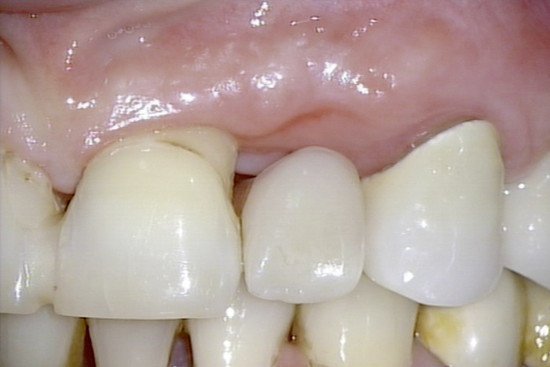Guided Bone Regeneration
Dental implants can only be placed where there is a sufficient amount of healthy bone present. Gum disease and tooth extractions are two common causes of bone loss that must be remedied before implants can be placed. After a tooth is extracted, the bone surrounding the tooth shrinks. This may lead to esthetic impairment and complicated follow-up treatments. This can be avoided by a bone-preserving treatment following tooth extraction. A natural bone mineral is placed into the extraction socket and covered with a membrane, allowing for new bone growth. Bone height and width can be maintained and enhanced with this treatment. This helps ensure stability of implants and allows for a more esthetically pleasing result.
Immediately after tooth extraction we fill the extraction socket with a natural bone mineral to preserve bone volume, and creates the possibility for a wider range of treatment options in future. If a dental implant is placed soon after tooth extraction, natural bone mineral placed around the implant also play a major role in maintaining necessary bone volume leading to implant stability.

After a tooth was extracted there was not enough bone remaining to properly support this bridge.

Bone regeneration helped build a strong, gap-free support structure for this bridge.